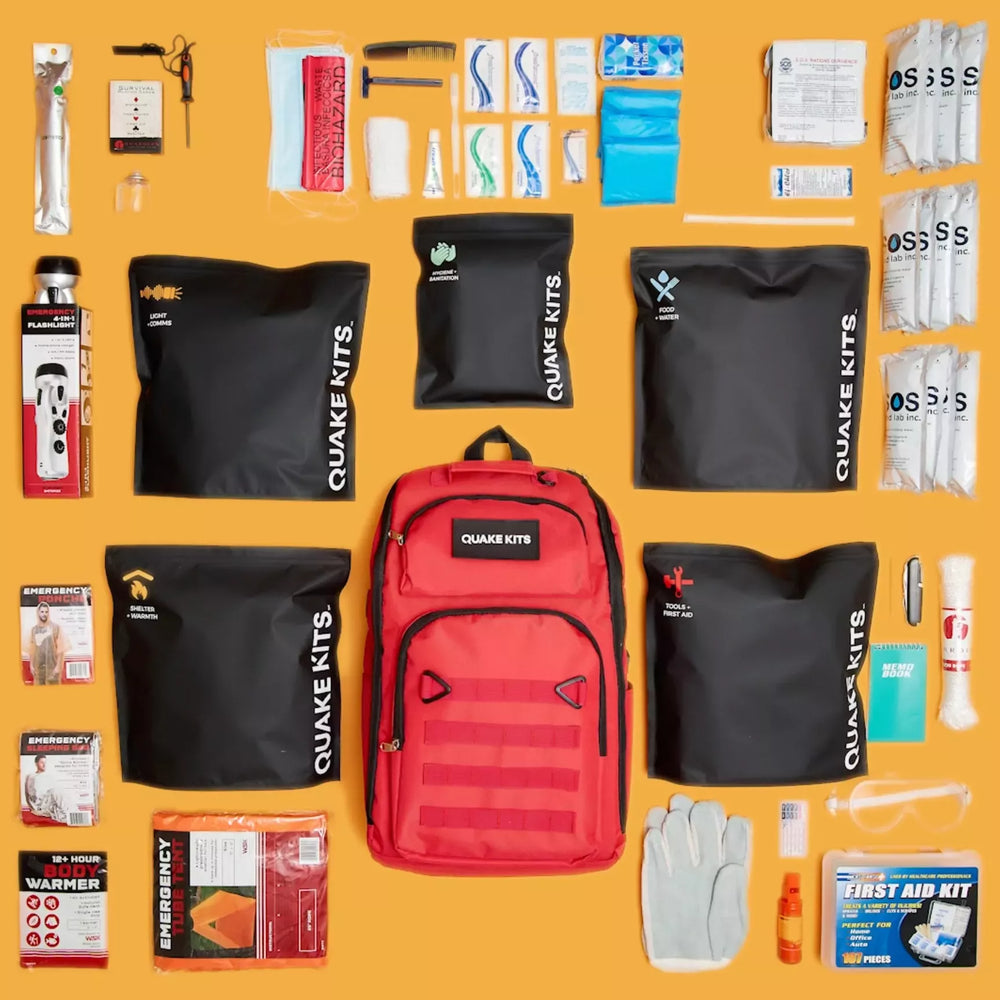How to Avoid Getting Stuck in the Snow and What to Do If You Are
How to Avoid Getting Stuck in the Snow and What to Do If You Are
Winter weather can transform roads into a wonderland of snowy vistas but can also create dangerous conditions. One of the more treacherous risks is getting stuck in snow, especially on rural roads or in remote areas. Knowing how to avoid getting stranded and what to do if you get stuck can make all the difference. In this post, we’ll cover prevention tips, practical strategies to free your car from snow, and essential steps to stay safe and comfortable if you’re unable to get moving again.
Essential Gear for Winter Driving
Before diving into tips for avoiding or getting out of a snowbank, let’s talk about key items to keep in your vehicle during winter:
- Traction Aids: Carry a small bag of sand, cat litter, or traction mats for extra grip under tires.
- Shovel: A compact snow shovel can be invaluable if you need to dig out. Our compact multi-function shovel is a great option.
- Warm Clothing & Blankets: Have extra winter gear, like gloves, hats, blankets, and even a spare coat, in case you need to spend more time outside than expected.
- Emergency Kit: A survival kit including first aid supplies, hand warmers, food, and water is essential for longer trips or areas with limited cell reception. Our Completely Prepared Auto Kit will cover all these basics plus more.
- Portable Phone Charger: Make sure to have a fully charged power bank or car charger to stay connected in case of an emergency. The Auto Guardian flashlight not only provides you with light, a seatbelt cutter, rescue light and window punch but it can also charge your phone!
Step 1: Avoid Getting Stuck in the First Place
The best way to avoid getting stuck is to be proactive. Here’s how:
- Check the Forecast: Before heading out, review weather predictions along your route. If a significant snowstorm is expected, consider postponing your trip.
- Drive Slowly: High speeds reduce control, especially on snowy or icy surfaces. Slowing down improves your ability to handle your car safely.
- Avoid Overconfident Driving: Even if you have a four-wheel-drive vehicle, it’s important not to overestimate its capabilities. Four-wheel drive is helpful for traction but doesn’t guarantee immunity from getting stuck.
- Keep Momentum in Snowy Conditions: If you’re driving through snow, try to keep a steady momentum without abrupt stops or starts. Slowing down too much can make it easier to get stuck, especially on inclines.
- Stick to Main Roads: Side roads, unpaved areas, or shortcuts can be riskier during snow conditions. Main roads are more likely to be plowed and maintained.
Step 2: Strategies for Getting Unstuck
If you do get stuck, here’s a step-by-step guide to help you get back on the road:
- Clear the Area Around Tires: Use a shovel to remove snow from in front of and behind all tires. Clearing extra space around the wheels can make it easier for the car to gain traction.
- Use Traction Aids: Place sand, cat litter, or traction mats under your tires to give them more grip. This can be particularly helpful if the tires are just spinning in place.
- Rock the Car Back and Forth: Shift between drive and reverse, gently rocking the car to create momentum. Avoid excessive acceleration, as spinning tires can dig the car deeper into the snow.
- Turn the Steering Wheel: Move the steering wheel slightly side to side to help your tires find traction.
- Deflate Tires Slightly: If safe to do so, reduce tire pressure by a few PSI to increase the surface area of the tire. Re-inflate them as soon as possible once you’re back on the road.
Step 3: Staying Safe and Comfortable if Stranded
If you’re unable to get your car moving, follow these steps to stay safe until help arrives:
Keep Warm
- Run the Engine Periodically: Turn on the engine for 10-15 minutes every hour to keep the car warm. Make sure to clear snow from the exhaust pipe to avoid carbon monoxide buildup.
- Layer Up: Bundle up in warm clothing, adding extra layers if you start to feel cold. Wool blankets, in particular, are excellent at trapping heat even when damp. If you don't have room for a wool blanket, a mylar blanket is an excellent choice and can reflect up to 90% of body heat.
Stay Hydrated and Energized
- Sip Water: Avoid dehydration by drinking small amounts of water throughout your time stranded.
- Snack Wisely: Keep high-energy snacks on hand, like nuts, granola bars, or dried fruits, or energy bars which provide long-lasting fuel for your body to generate warmth.
Make Yourself Visible
- Turn on Hazard Lights: Flashing hazard lights make it easier for passing vehicles and rescue personnel to spot you. If your battery dies you can use the emergency signal on the Auto Guardian to attract attention.
- Use a Signal: Place a brightly colored cloth on your antenna or a window to help rescuers identify your car. A help flag is a great inexpensive item to carry in your vehicle.
Stay in the Vehicle
If you’re stranded in a remote area, it’s generally safest to stay with your vehicle. It provides shelter from the elements, and you’re more likely to be found by searchers if you remain near the road.
TL;DR
Snowy weather calls for careful driving and proactive preparedness. To avoid getting stuck in snow, drive slowly, keep a winter emergency kit, and avoid low-traction areas. If you do get stuck, clear snow around the tires, use traction aids, and try rocking the car. If you’re unable to free yourself, stay warm by running the engine periodically, bundle up, stay hydrated, and keep visible. Above all, remain in your vehicle until help arrives to stay safe and sheltered.
Winter weather may be unpredictable, but with the right preparation and a calm approach, you can ensure you stay safe even in challenging conditions.






Leave a comment